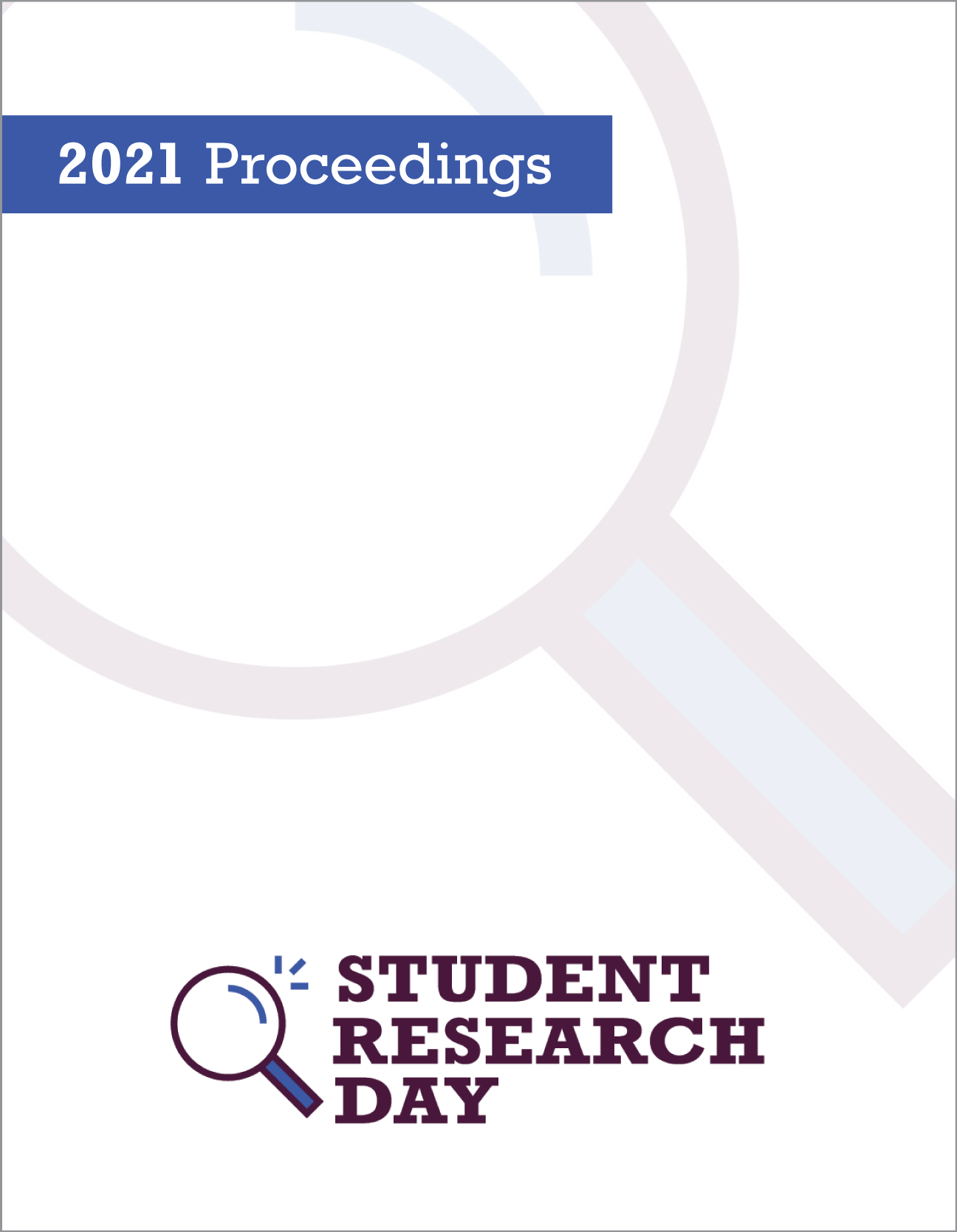Can Stalking Be Used as a Risk Factor in Predicting Rates, Severity, and Frequency of Intimate Partner Violence Recidivism?
Abstract
Research has indicated that stalking is a prevalent crime in North America. Despite this concern, the current laws do not adequately protect victims from stalking recidivism. This contributes to victims often being revictimized. Moreover, victims may experience many detrimental concerns, particularly prolonged psychological and social problems. Stalking-related behaviours have also been associated with intimate partner violence (IPV). Specifically, stalking victims are at risk of experiencing more severe physical violence from a former partner. Although there are many validated IPV risk assessment tools such as the Ontario Domestic Assault Risk Assessment (ODARA), stalking risk tools have been found to be moderate, at best, in terms of their psychometric properties. The aim of this study is to examine whether IPV perpetrators who have stalked their victims differ from those who do not stalk in terms of recidivism risk, rates, frequency, and severity. Additionally, we examine whether stalking can be used as a risk factor to better predict the time until recidivism occurs. This study initially included 249 IPV cases that were reported to police in 2017. One hundred of these cases were selected for follow-up and were coded for recidivism outcomes. Results indicate that those who stalk differ on some recidivism variables from those who do not stalk. Moreover, the addition of stalking as a risk factor to the validated risk tool, ODARA, did not incrementally improve prediction of the time until recidivism occurred. The implications of these findings will be discussed.
Department: Psychology
Faculty Mentor: Dr. Sandy Jung
Published
Issue
Section
License
Authors retain any and all existing copyright to works contributed to these proceedings.



